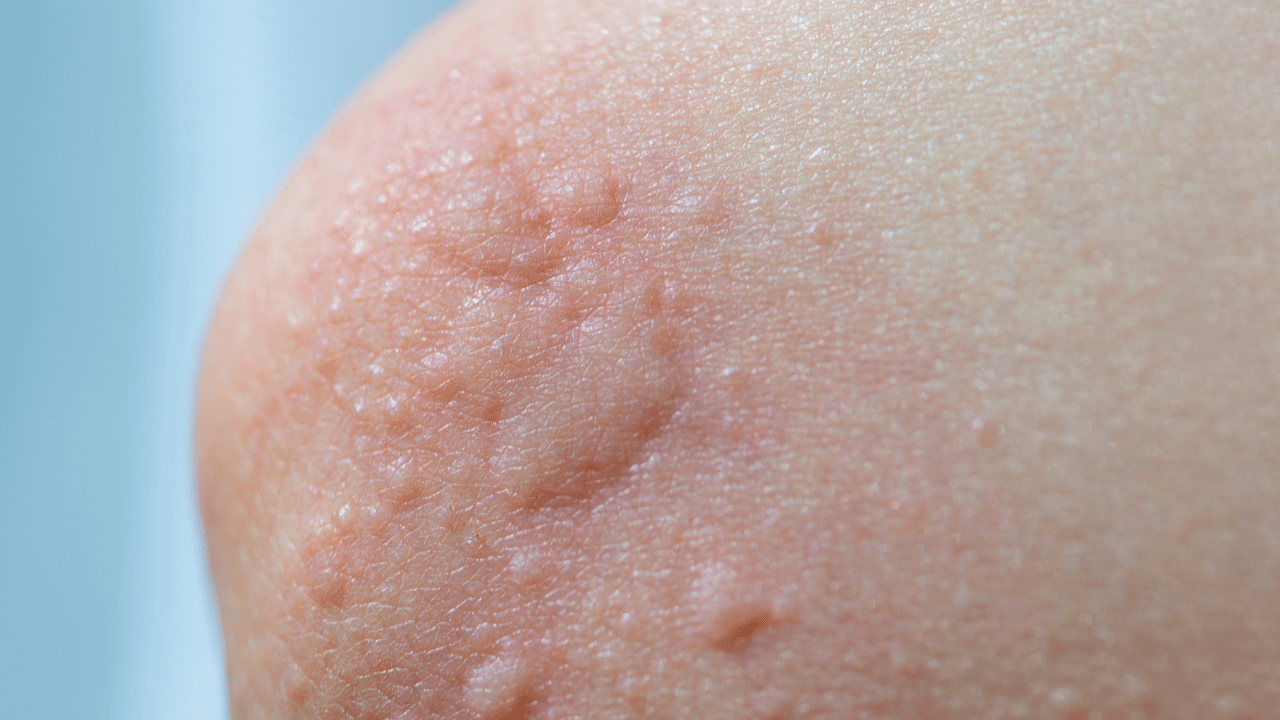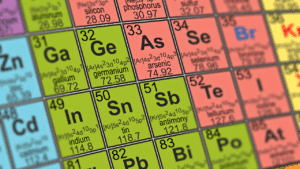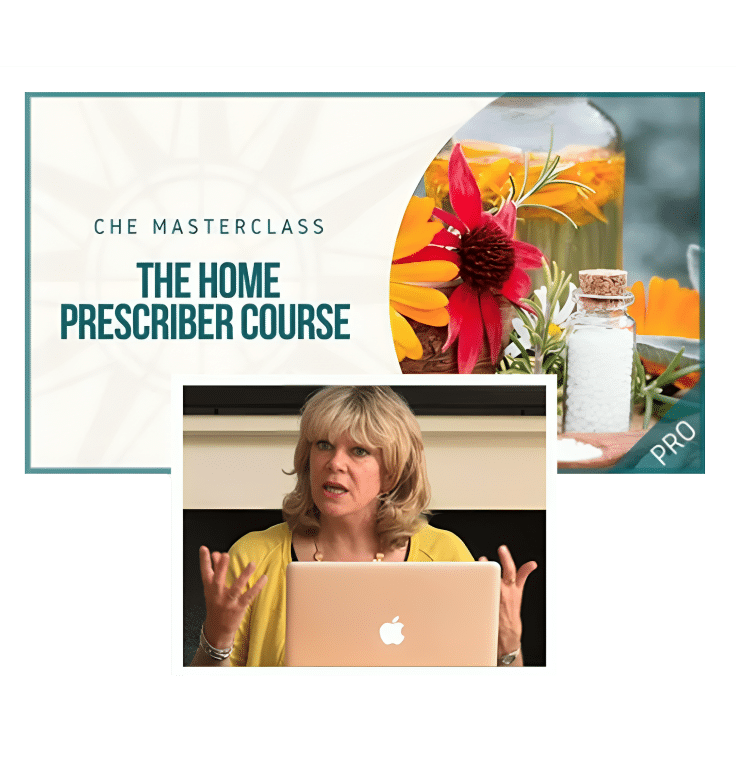
Numb or Over-Giving? Choosing Between Sepia and Helonias
Numb or Over-Giving? Choosing Between Sepia and Helonias This blog

Acute full-body hives, particularly during viral infections, often indicate high histamine reactivity in children. For homeopaths, understanding the mechanisms behind this reaction, observing patterns, and choosing remedies judiciously are critical for both acute and constitutional care.

Homeopath and CHE Community Manager
Mast cells, found throughout the skin, respiratory tract, and around blood vessels, are first responders in the immune system. They release histamine, heparin, and cytokines when triggered. In some children, mast cells are hyper-reactive, releasing histamine excessively in response to mild stimuli.
Characteristics of hyper-reactive mast cells include:
This hyper-reactivity can manifest as acute urticaria during infections, food sensitivities, or stress, often accompanied by itch, raised lesions, and sleep disturbance.
A 7-year-old girl developed a cold virus, presenting with a congested nose but no cough. She had a history of recurrent ear infections, as her colds often traveled to her ears. This time, around one week after the onset of her cold, her hives appeared, spreading across her body.
Clinical Observations:
Initially, classical homeopathic prescribing was used. This means remedies were selected based on the child’s overall symptom picture, constitutional characteristics, and past remedy responses, rather than solely on the immediate symptoms.
Over a period of two days, the child was given:
Despite this classical approach, no significant improvement was observed.
At this point, a tautopathic approach was used. Tautopathy involves prescribing a remedy made from the substance causing the symptoms, rather than the child’s constitution. In this case, Histamine 30C was selected to directly address the mast cell-driven histamine response causing the acute urticaria.
Histamine 30C is classically indicated in:
Frequent repetition was key: Histamine 30C was given every 5 minutes. Within one hour before bedtime, the hives calmed significantly. Overnight, the child remained slightly itchy, and the remedy was repeated a few times. By morning, her skin was mostly clear, with only a few raised blotches.
In addition to homeopathic remedies, a bicarbonate of soda paste (baking soda mixed with water) was applied to affected areas. This helped:
Children with high histamine reactivity provide an important clinical insight into immune system hyper-reactivity. Acute observation, careful remedy selection, appropriate repetition, and supportive care can resolve distressing hives quickly while informing longer-term constitutional prescribing. Histamine 30C, in particular, is an effective acute remedy for mast cell-driven, viral-triggered urticaria when symptoms match the modalities.
If you found this post helpful, you’ll love what’s waiting for you inside CHE Pro; our professional membership for homeopaths who want to keep growing, learning, and feeling supported in practice.
Whether you’re newly qualified or decades into practice, CHE Pro is your home for ongoing support and brilliant homeopathic education.
We’d love to welcome you in.
Disclaimer
The content shared here is intended for informational purposes only and should not be considered a replacement for professional medical advice, diagnosis, or treatment from a qualified and licensed healthcare provider. The views and opinions expressed in this presentation are those of the presenter and do not necessarily represent those of CHE or any affiliated organizations.

Numb or Over-Giving? Choosing Between Sepia and Helonias This blog

Can Homeopathy Heal What We Inherit? As a home prescriber,

How The Periodic Table Can Change The Way You See
